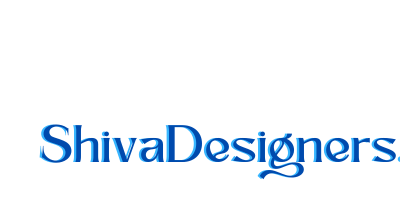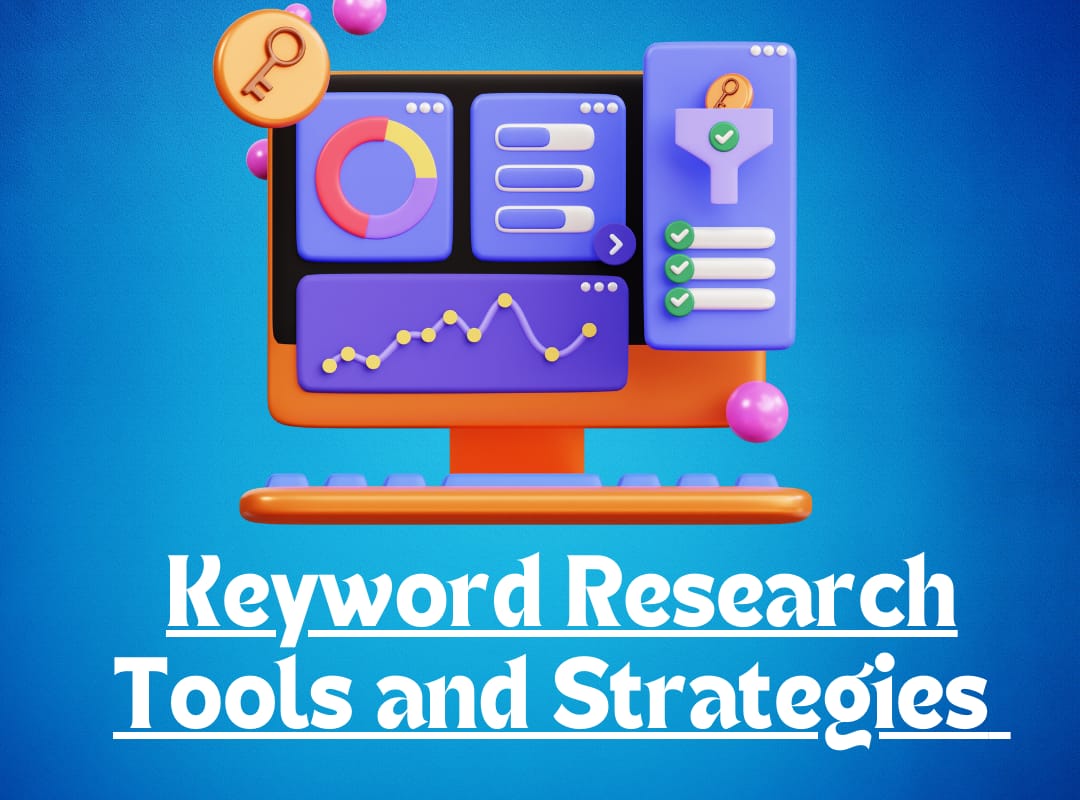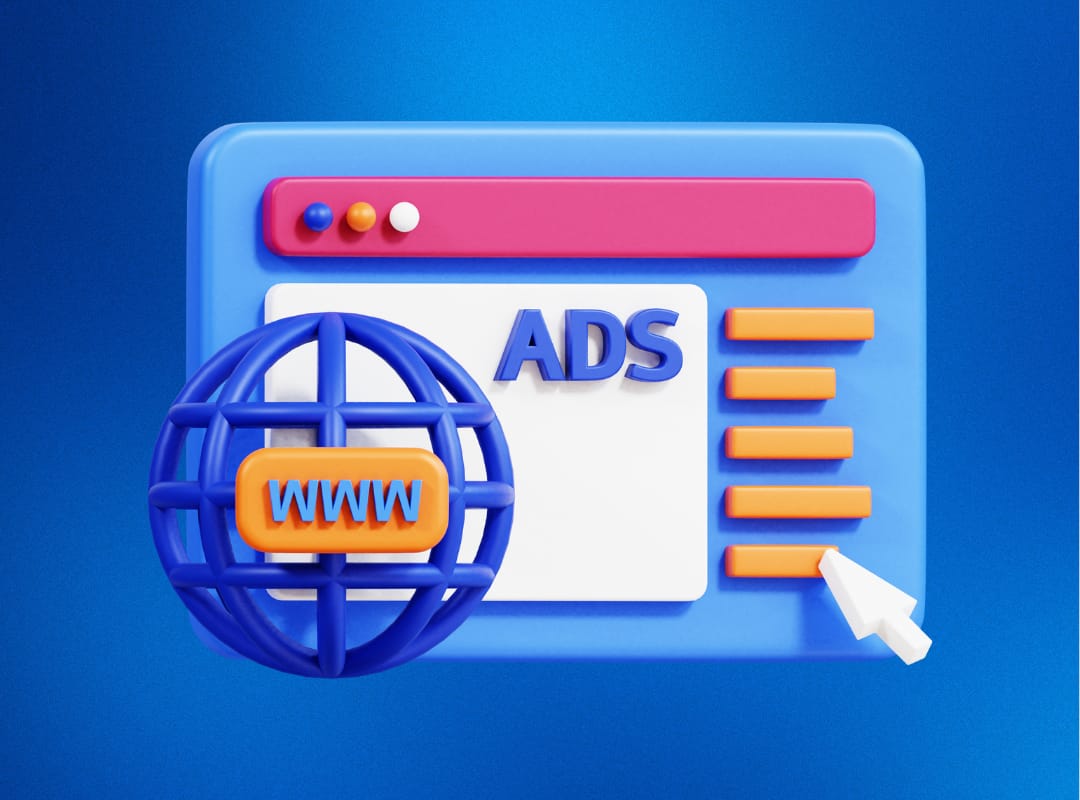Smart Money Moves: Take Control of Your Debt & Reclaim Financial Freedom
Debt can feel overwhelming, but with the right strategies, you can regain control and build a financially secure future. Managing debt effectively is about more than just making payments; it’s about creating a plan that works for your unique situation.
Below, we explore practical steps to tackle debt and move toward financial independence, complete with actionable advice.
1. Are You Living Beyond Your Means?
Spending more than you earn is a common trap. Review your income and expenses to ensure you’re not relying on credit cards to maintain a lifestyle you can’t afford. Start by prioritizing needs over wants and stick to a budget that aligns with your financial goals.
2. Do You Have an Emergency Fund?
Without a safety net, unexpected expenses can lead to debt. Experts recommend saving at least 3–6 months’ worth of expenses. If you’re starting from scratch, aim for $1,000 as an initial goal to cover smaller emergencies.
3. Are You Paying Off Debt Strategically?
Not all debt is created equal. Are you tackling high-interest debt first? Strategies like the debt snowball or debt avalanche can help you pay off balances efficiently while staying motivated.
Understand Your Debt
The first step in managing debt is knowing exactly what you owe. Start by:
Listing All Debts:
Include credit cards, personal loans, student loans, car loans, and mortgages. Note the balance, interest rate, and minimum payment for each.
Categorizing by Priority:
High-interest debts like credit cards should take precedence because they accumulate the most cost over time.
Why It Matters:
Understanding your debt helps you see the bigger picture, identify problem areas, and determine where to focus your efforts.
Create a Budget That Works for You
A realistic budget is essential for effective debt management. Follow these steps:
Track Your Expenses:
Use apps, spreadsheets, or old-fashioned pen and paper to record every expense over a month.
Identify Savings Opportunities:
Look for non-essential spending that can be reduced or eliminated (e.g., subscriptions, dining out).
Allocate Funds to Debt: Dedicate a fixed portion of your income to debt repayment while covering essentials like housing, food, and utilities.
Tip:
Stick to the 50/30/20 Rule: Allocate 50% of your income to needs, 30% to wants, and 20% to savings and debt repayment.
Choose a Debt Repayment Strategy
There are two popular methods to pay down debt:
1. The Debt Snowball Method
Pay off the smallest debt first while making minimum payments on others.
Once the smallest debt is cleared, move on to the next smallest, creating a “snowball” effect.
The quick wins of paying off smaller debts provide psychological motivation to keep going.
2. The Debt Avalanche Method
Focus on debts with the highest interest rates first.
Once a high-interest debt is paid off, direct payments toward the next highest.
Why It Works: This method minimizes the total interest paid over time, saving you more money in the long run.
Choose the approach that aligns with your goals and keeps you motivated.
Negotiate with Creditors

Lenders often prefer to work with borrowers rather than risk non-payment. Try these tactics:
Request Lower Interest Rates: A good credit score or a history of on-time payments can strengthen your case.
Seek a Payment Plan: If you’re struggling, ask for modified terms, such as reduced payments or a temporary pause.
Pro Tip:
Prepare your case with documentation of your income, expenses, and reasons for requesting help. Be polite but firm in negotiations.
Consolidate Your Debts

Debt consolidation involves combining multiple debts into one loan with a single payment, often at a lower interest rate. Options include:
Personal Loans: Used to pay off high-interest credit card balances.
Balance Transfer Cards: Allow you to move debt to a credit card with a low or 0% introductory interest rate.
Home Equity Loans: Leveraging home equity to secure a lower-rate loan (use cautiously).
Caution:
While consolidation can simplify payments, it doesn’t reduce the total amount owed unless accompanied by disciplined spending.
Avoid New Debt
While repaying debt, avoid accumulating more. Here’s how:
Pause Credit Card Usage: Stick to cash or debit for purchases.
Build an Emergency Fund: Save $500–$1,000 to handle unexpected expenses without resorting to credit.
Plan for Large Expenses: Budget for upcoming needs, like car repairs or holiday spending, to avoid borrowing.
Boost Your Income
Increasing your earnings accelerates debt repayment. Consider:
Side Hustles: Freelance work, gig economy jobs, or selling unused items.
Asking for a Raise: If you’re performing well at your job, negotiate for higher pay.
Monetizing Hobbies: Turn skills like crafting, baking, or tutoring into extra income streams.
Track Your Progress
Regularly monitoring your debt repayment ensures you stay on track. Tools to help include:
Apps: Platforms like Mint or YNAB can automate tracking.
Debt Payoff Calculators: Visualize how extra payments impact your repayment timeline.
Celebrating Milestones: Acknowledge each debt paid off to stay motivated.
Know When to Seek Help
If your debt feels unmanageable, professional help can make a difference:
Credit Counseling: Nonprofit organizations can provide free or low-cost guidance.
Debt Management Plans (DMPs): Agencies negotiate with creditors on your behalf, often reducing interest rates.
Bankruptcy as a Last Resort: In extreme cases, bankruptcy can offer a fresh start, but it should be approached cautiously and with professional advice.
Maintain Good Financial Habits
Once you’re on track, focus on long-term financial health:
Build a Larger Emergency Fund: Aim for 3–6 months of expenses to guard against future debt.
Invest for the Future: Explore options like retirement accounts to grow your wealth over time.
Educate Yourself: Continuously learn about personal finance to make informed decisions.
Conclusion:
Your Path to Financial Freedom
Managing debt effectively isn’t about quick fixes; it’s about developing habits and strategies that lead to long-term success. By understanding your debt, creating a budget, prioritizing repayments, and avoiding new debt, you can take charge of your financial future. Stay consistent, be patient, and remember that every small step brings you closer to financial freedom.





